What Are Hemorrhoids?


Anyone Can Get Them
Hemorrhoids happen when clusters of veins in the lining of your anal canal get swollen and inflamed. By age 50, about half the population has had one or more symptoms, like pain, itching, or bleeding.
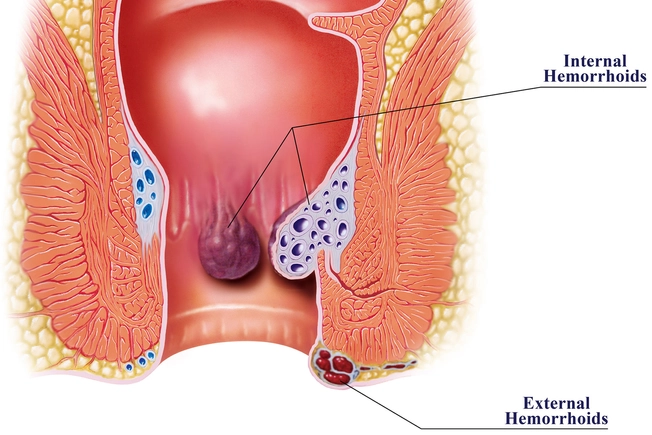
What Are They?
These clumps of veins sometimes stretch when they're under pressure. They may swell or bulge, kind of like varicose veins. This causes what we call hemorrhoids, or piles. They're usually not serious, but they can be unpleasant -- especially if you keep getting them. Hemorrhoids can form externally, around your anus, or internally, in your lower rectum.
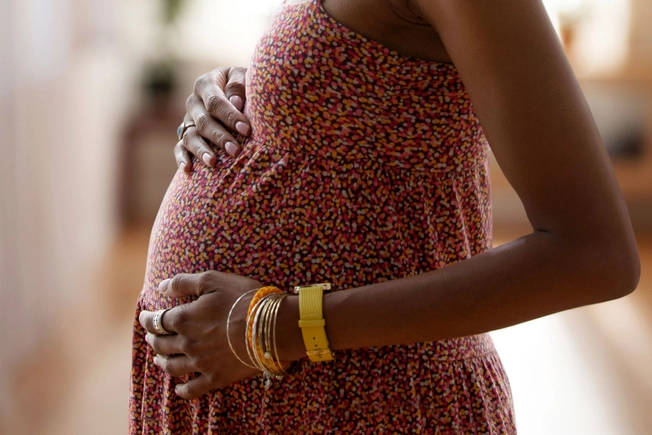
What Causes Them?
Increased pressure on your lower body can lead to hemorrhoids. This might happen due to:
- Straining during bowel movements
- Constipation or diarrhea
- Being overweight
- Pregnancy or childbirth
- Lifting heavy things
Hemorrhoids are more common as you get older. If your parents had them, you're more likely to get them, too.
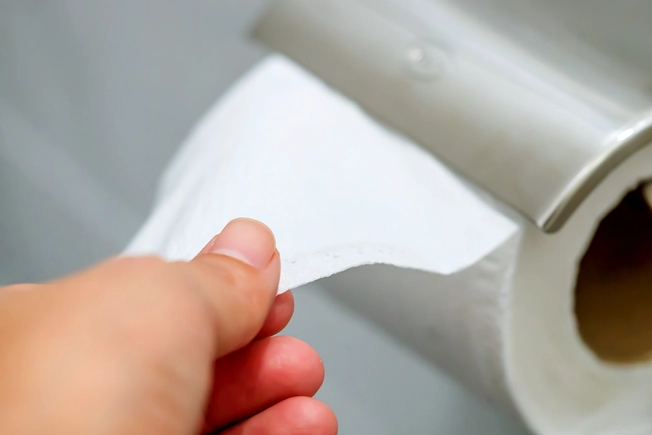
Symptoms
You might see a little blood on the toilet paper or in the bowl when you go to the bathroom. Your anus could itch or hurt, especially when you sit. Little lumps may form near it. If you notice bleeding, see your doctor. They'll need to rule out other problems, such as ulcerative colitis, Crohn's disease, and colon cancer.
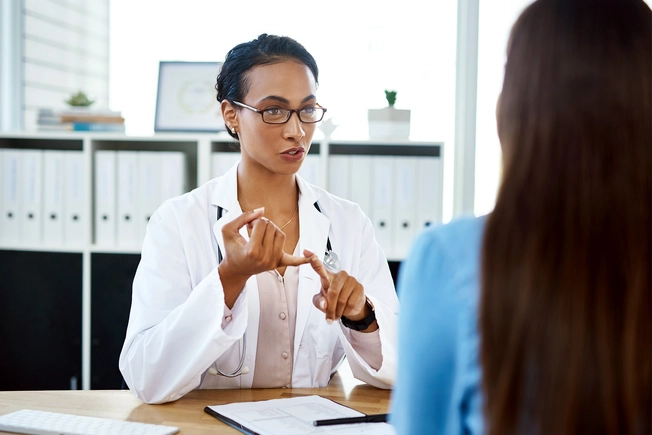
How Are They Diagnosed?
Your doctor will ask about your symptoms and examine you. They may put a gloved finger into your rectum to feel for swollen veins. They also might use an anoscope or a sigmoidoscope, lighted tubes that let them look inside your anal canal.
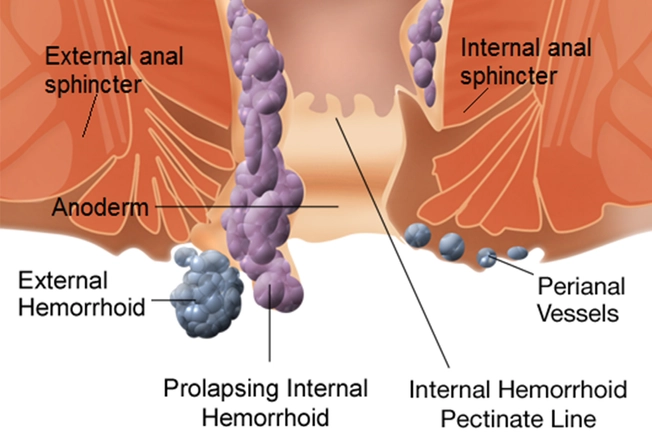
Prolapse and Thrombosis
A couple of things can happen that make hemorrhoids more complicated -- and painful. When an internal hemorrhoid stretches and pushes outside the anus, that's called a prolapse. Thrombosis is when a painful blood clot forms in a hemorrhoid. Either problem may heal on its own. (You can even gently nudge a prolapsed hemorrhoid back inside with a finger.) If not, you may need treatment from your doctor.
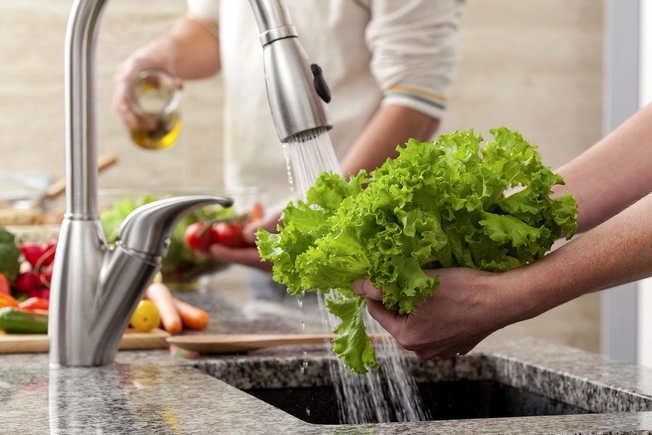
Food to Prevent and Relieve Them
Soften your stool and prevent straining on the toilet by eating more fiber. Choose leafy vegetables, fruit, beans, and whole-grain breads and cereals. (Your doctor may also suggest a fiber supplement.) Add fiber to your diet slowly. Too much, too fast can lead to gas and bloating. Drink lots of water to help fiber do its job.
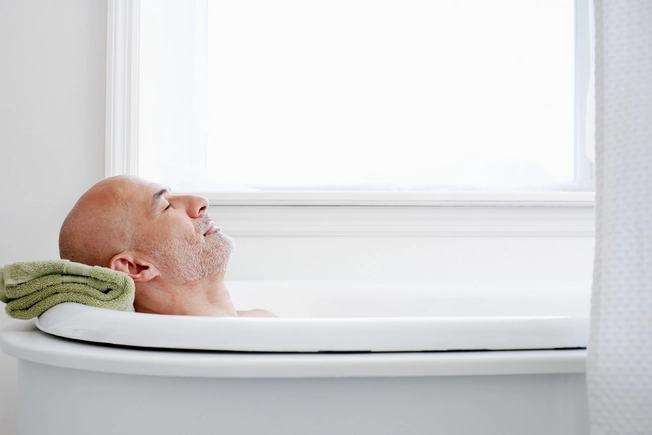
Treatment at Home
Try nonprescription creams and wipes -- or even a small ice pack -- to ease pain and swelling. Soak in a warm bath two to three times a day, for 10-15 minutes at a time. Or use a "sitz bath" pan that fits onto your toilet seat. An over-the-counter stool softener can make it easier to go. Drugstore pain relievers like aspirin may ease discomfort.
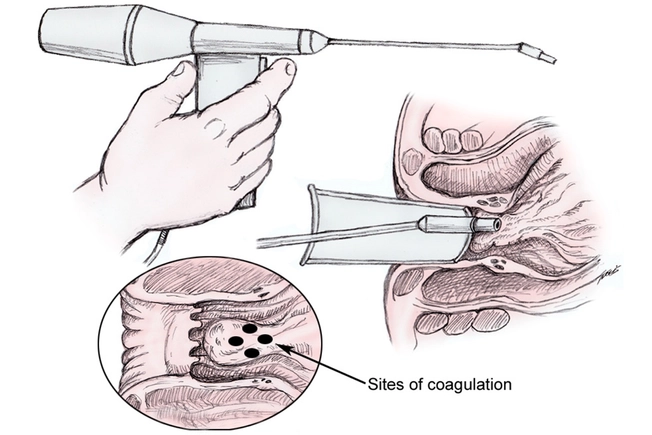
Treatment by a Doctor
When at-home remedies don't work, your doctor may put small rubber bands around internal hemorrhoids to cut off the blood supply until they shrink. That's called ligation. Doctors can use a laser or infrared heat to shrivel internal hemorrhoids, known as coagulation. Or, they can do sclerotherapy by injecting a chemical into the hemorrhoid to break it down.
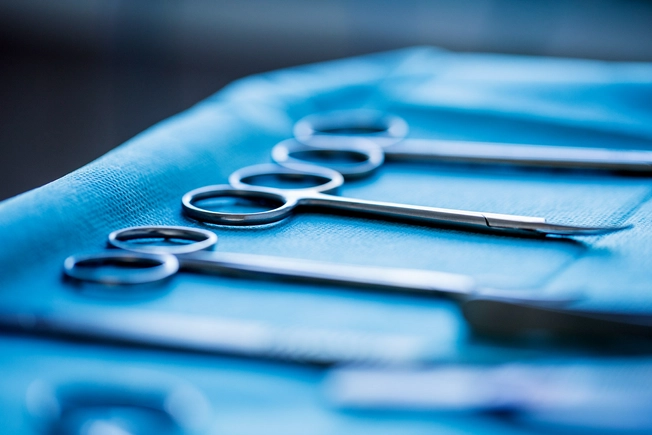
Surgery
Most people don't need surgery for hemorrhoids. But If you have a large external or prolapsed one that won't go away, a surgeon can cut out the swollen tissues. This operation is called a hemorrhoidectomy. For internal hemorrhoids, you might have hemorrhoid stapling. In this procedure, your doctor uses staples to block blood flow to a hemorrhoid or hold a prolapsed one in place.